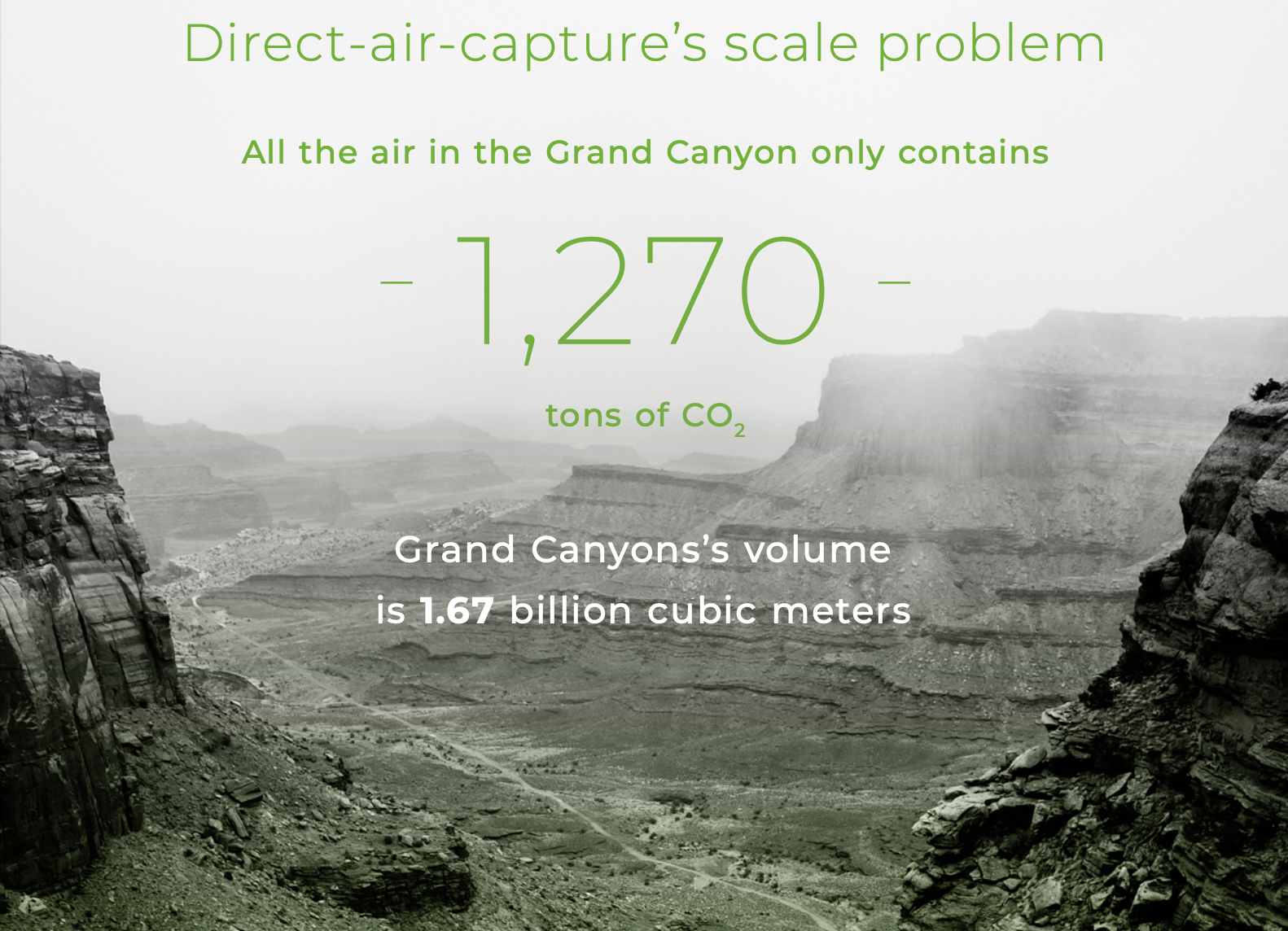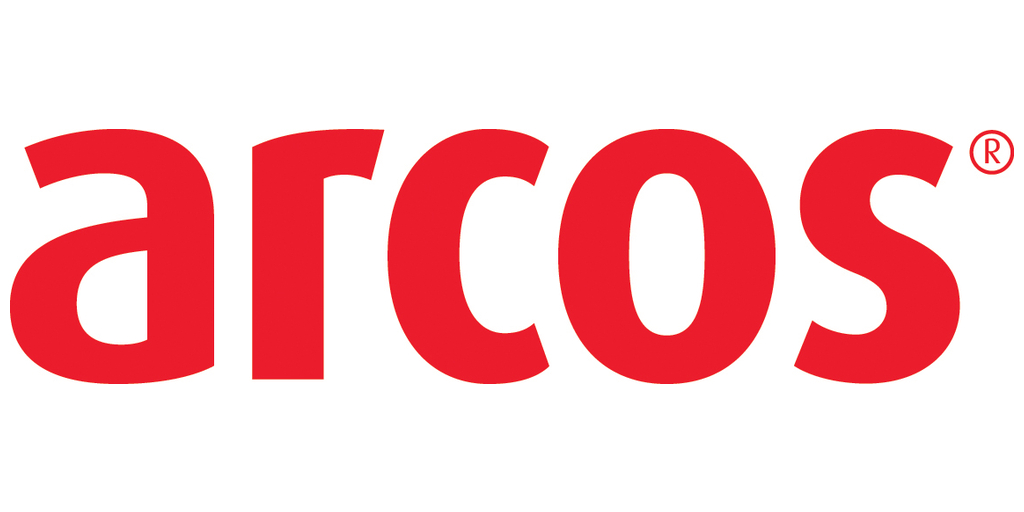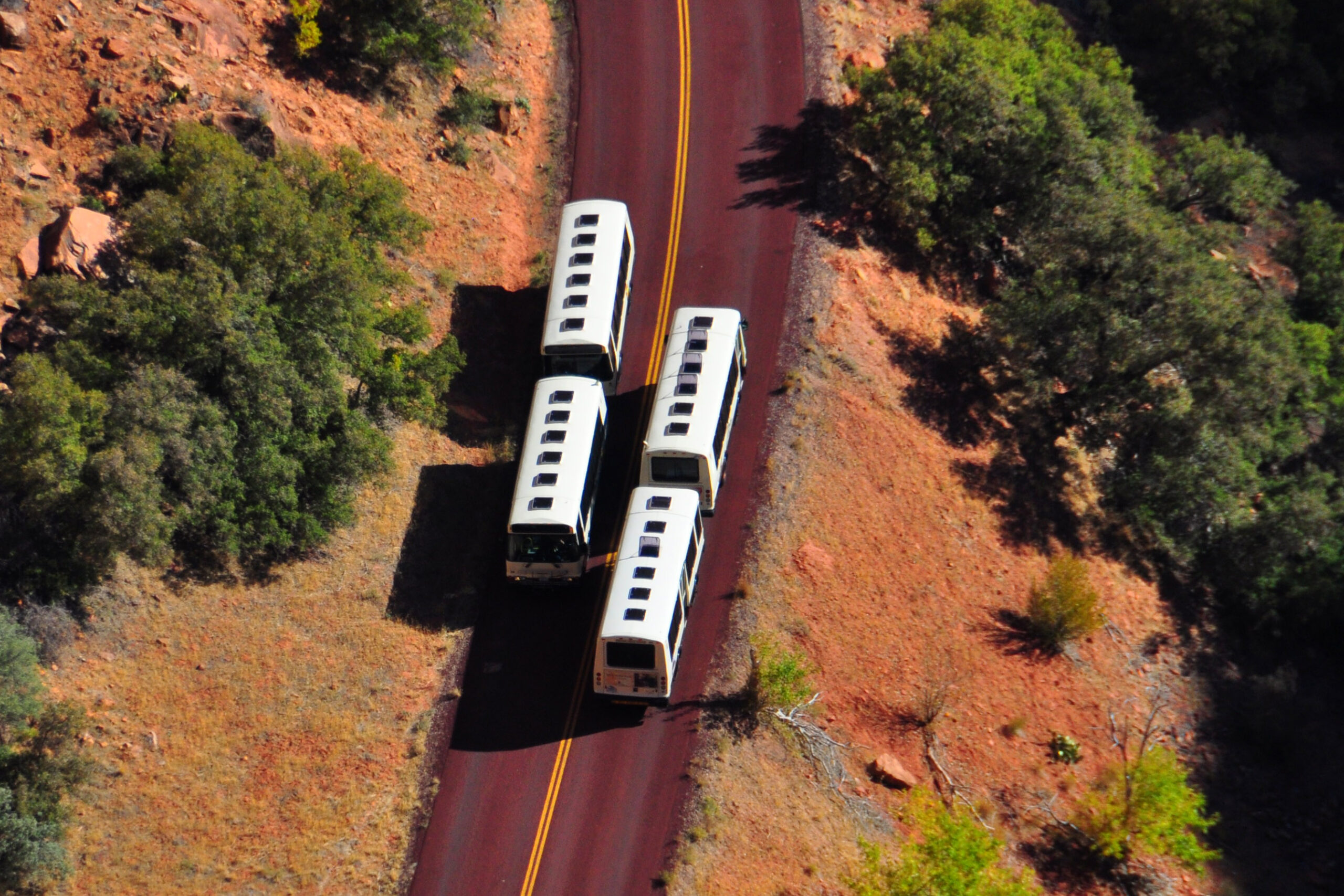Sign up for daily news updates from CleanTechnica on email. Or follow us on Google News!
Carbon capture and sequestration in all of its various ineffective, inefficient and expensive forms is having another run up the hype cycle. Nothing has really changed. The problems still exist. The alternatives are still better. The potential for use is still minuscule. And so, the CCS Redux series, republishing old CCS articles with minor edits.
CleanTechnica has been publishing a series of my analyses on carbon capture and sequestration technologies over 2018 and 2019, as well as some additional pieces. Two pieces on soil carbon capture and carbon farming have made the list, pointing out that these are beneficial, but incredibly slow and so while worth doing do not mean we can keep emitting greenhouse gases. I also published on the scale problem of carbon capture, in that to get a ton of CO2 you have to filter it out of a Houston Astrodome of air, and the Grand Canyon only contains about 1,270 tons of it.

Then there are the nine articles (so far) on the current darling of the air carbon capture or direct air capture crowd, Carbon Engineering. The first five start here, the three specifically on air-to-fuel start here, and the last one on the expected use of pumping more oil and creating more greenhouse gases is here. That series showed that there’s no green in air carbon capture the way that Carbon Engineering is doing it, but that there are small niches where much wiser solutions like Global Thermostat’s make sense. That series showed in gory detail that mechanical air carbon capture is going to be a tiny wedge in the fight against global warming, so small as to be worth ignoring, regardless of the headlines that the fossil fuel industry’s PR flaks and the Global CCS institute (a subset of the PR flaks) are pumping into media sites. (As a note, I spent 90 minutes this week talking carbon capture and Carbon Engineering in specific with a CNBC crew that flew into BC to meet the CE team in Squamish and me in Vancouver. Film at 11.)
One of the articles looked at the 50-year history of mechanical carbon capture efforts, all entirely tied to the fossil fuel industry, most just used to pump more oil out of played out oil wells as enhanced oil recovery approaches. The assessment showed that virtually no CO2 by global standards has been captured by CCS and that a single year’s output of current wind and solar farms are avoiding 35 times the CO2 that has been ‘captured’ over 50 years of CCS history. Basically, all CCS is a rounding error on the actual solution, just stop emitting CO2.
But one of the global examples stood out, the Norwegian Equinor (nee Statoil) Sleipner facility in the North Sea.
It’s an amazing outlier in multiple ways. First off, it was put into operation in 1996, making it much older than most of the facilities. Second, it wasn’t being used for enhanced oil recovery, but was actually sequestering CO2 as far as can be told. Third, it has been in continual operation for now 28 years and sequestering about a million tons of CO2 a year, leading to it being the biggest actual sequestration facility in the world. (The US Shute Creek facility is just being used to pump more oil, and as a result is at very best achieve 20% of its claimed sequestration.) Finally, it was dirt cheap by CCS standards, with a recorded capital cost of less than $30 million, compared to billions on some failed US efforts.
Sadly, things don’t look as rosy under the covers as they do. This isn’t the magic bullet on how to successfully and cheaply sequester CO2 that it looks like.
Sleipner’s CO2 doesn’t magically appear before being sequestered. It’s part of the natural gas that they pump out of fields offshore from Norway in the North Sea. The gas contains 9% CO2, more than is allowed in the natural gas distribution network. They can’t sell it as is.
Carbon dioxide is stripped from natural gas with amine solvents and is deposited in a saline formation. The carbon dioxide is a waste product of the field’s natural gas production. Storing it underground avoids this problem and saves Statoil hundreds of millions of euros in carbon taxes. Sleipner stores about one million tons of CO2 a year, so has stored about 23 million tons. Given the price point, that looks close to a dollar per ton, which is an astounding figure when Australia’s history is about $4,300 AUD per ton, and the USA’s history is worse.
Basically they couldn’t sell the natural gas without getting rid of the CO2 and they had to do something with it. Norway had a carbon tax even in 1996, so it made economic sense for Equinor to sequester it instead of just venting it to the atmosphere. They had to build most of the capability regardless, so I’m pretty sure the represented cost is just the extra cost of injection on top of what they had to do anyway.
But this is the kicker. All the natural gas that they are shipping turns into a whole lot more CO2. The math is straightforward. For every 1000 kg of natural gas, they grab 90 kg of CO2 and sequester it. Assuming zero leaks, the 910 kg of natural gas is burned by customers, producing a bit over 2500 kg of CO2. Net CO2 emissions are approximately 2410 kg for every 1000 kg of natural gas they pump out of the ground.
What does that turn into in terms of real tons of CO2 sequestered vs emitted? Well, they are producing 36 million cubic meters of natural gas per day. They’ve been producing that daily since 1996, so that’s about 300 billion cubic meters of gas as of 2019. That turns into about 581 million tons of CO2 emitted by the natural gas, compared to the 23 million tons of CO2 that’s been sequestered.
That’s over 25 times more CO2 in the atmosphere than was sequestered. And Equinor is being paid for the natural gas and the sequestered CO2. Nice work if you can get it. Not so nice for the planet.
Every other carbon capture facility in the world is more expensive, sequesters less CO2, and has a much worse ratio than 25:1 for emitted vs captured. The fossil fuel industry and consumers of fossil fuels are producing vastly more CO2 emissions than the very best sequestration case study can manage.
Have a tip for CleanTechnica? Want to advertise? Want to suggest a guest for our CleanTech Talk podcast? Contact us here.
Latest CleanTechnica TV Video
I don’t like paywalls. You don’t like paywalls. Who likes paywalls? Here at CleanTechnica, we implemented a limited paywall for a while, but it always felt wrong — and it was always tough to decide what we should put behind there. In theory, your most exclusive and best content goes behind a paywall. But then fewer people read it!! So, we’ve decided to completely nix paywalls here at CleanTechnica. But…
Thank you!
CleanTechnica uses affiliate links. See our policy here.





